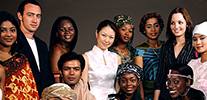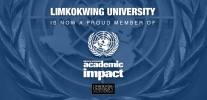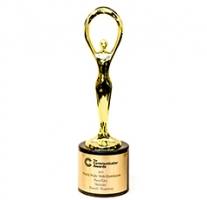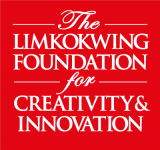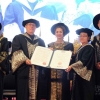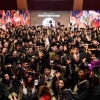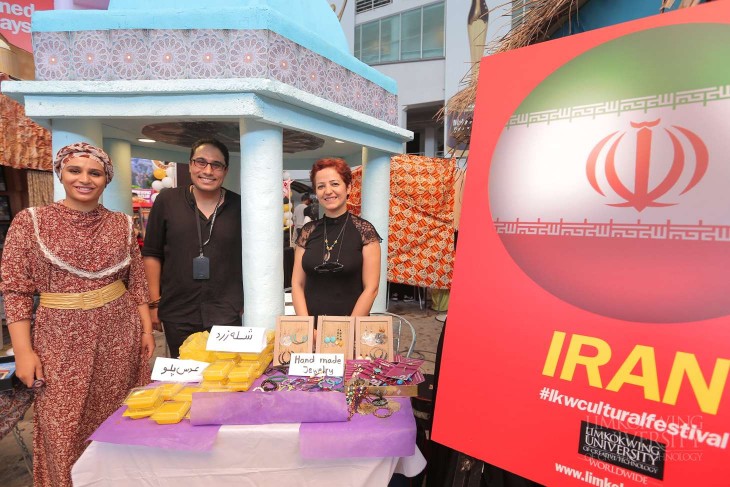
Iranians are the cultural heritage inheritors of the ancient Persian Empire. As one of the oldest cultures in the world, it has directly influenced cultures as far away as Italy, Macedonia, Greece, Russia, the Arabian Peninsula as well as South and East Asia.
Diverse Ethnicity
As one of the oldest civilisations in the world, Iranians are descendants of the amalgamation of various ethnicities that made up the Persian Empire. Currently, ethnic groups within modern day Iran are estimated to consist of 51% Persian, 24% Azeri, 8% Gilaki and Mazandari, 7% Kurd, 3% Arab, 2% Lur, 2% Baloch, 2% Turkmen, and 1% other.
Home to the Shia Islamic faith, consisting of 89% Shi’a Muslims, 9% Sunni Muslims, and 2% Zoroastrian, Jewish, Christian, and Baha’i.
Greeting Ways
A firm handshake is a common form of greeting between men while women use light handshakes. Although handshakes are quite common, it is best to wait and see the other person’s action before greeting the person.
For religious men and women, it is taboo to touch a person of the opposite gender, and they have to maintain distance, especially if they are not related. When greeting a religious Iranian friend, a slight bow is enough.
Thoughtful Consideration
Most Iranians tend to prefer indirect communication and prefer to avoid offending another person. They will not openly refuse a request by newly met acquaintances due to fear of offending their feelings. Instead, they will use creative styles to express their disagreement.
Personal Space
Iranians value their personal space. The personal space depends on three factors: the culture of the family, the person’s religious devotion, and the location of their interaction.
The acceptable distance of space also depends on gender and situation. In public spaces, men and women are expected to keep their distance when communicating.
Dress Conservatively
Conservative suits and ties with darker colours are common for men, mostly preferred when meeting people.
Iranian women tend to favour conservative yet stylish appearance. Women tend to avoid wearing overly expensive accessories, dress/skirt cut above the calf, low necklines, and sleeveless attire. Sleeves tend to cover the elbows and pants are generally acceptable. Headscarves are always worn in public.
This article is part of a series highlighting the unique cultures featured in the recently concluded Limkokwing International Cultural Festival 2017.

